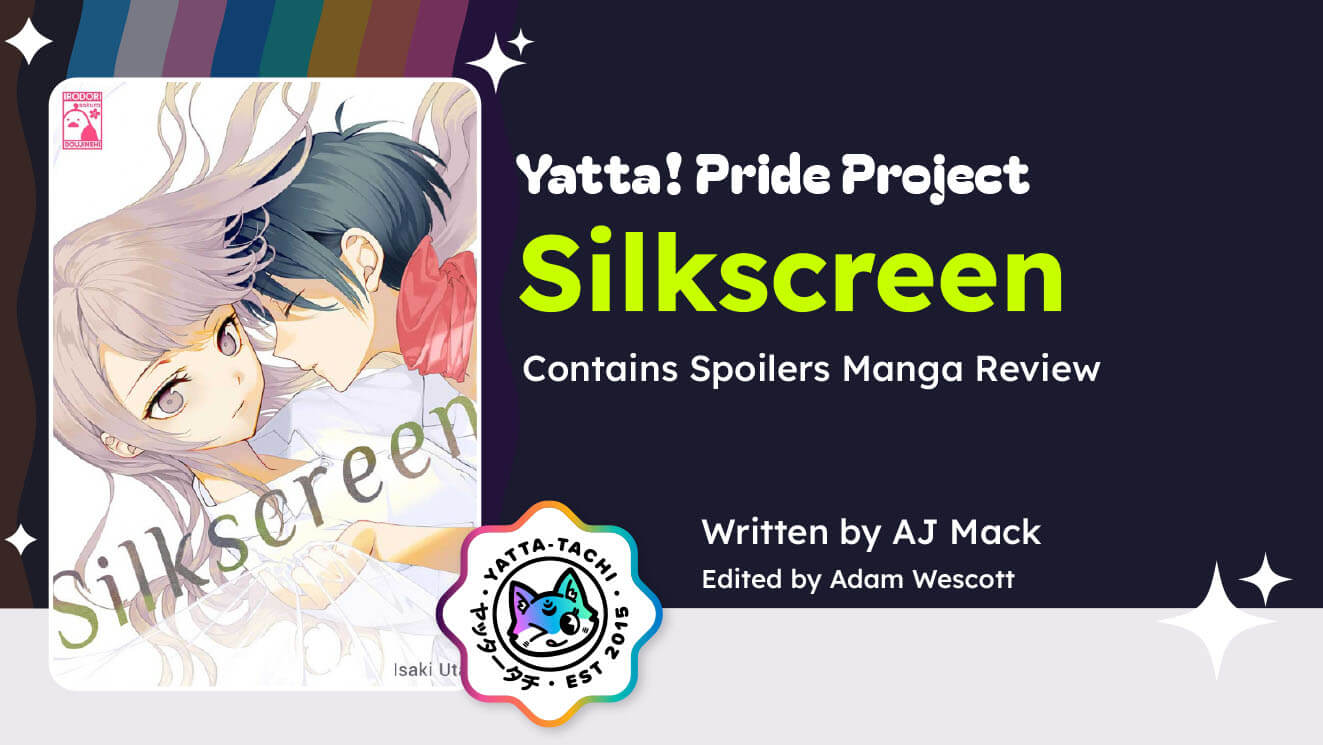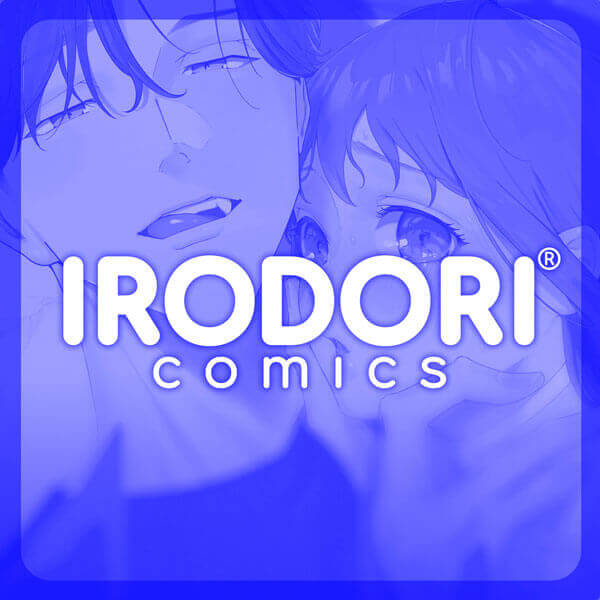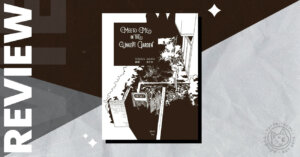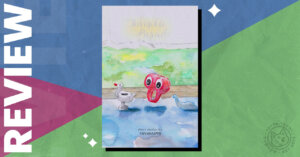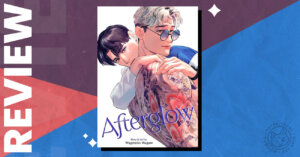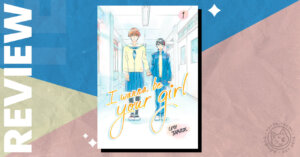Content Warning: Silkscreen contains transphobia and misogyny.
Synopsis
A teenage lesbian dreams of dating a girl prince like those in her favourite manga. One day, she meets a fellow student in an art studio and thinks she has found the handsome girl of her dreams. But when they tell her some days they feel more like a boy than a girl, she doesn’t have the best reaction. Her cruel behaviour haunts her into adulthood. If she ever wants to find happiness with her current partner, she’ll need to first find closure with her past.
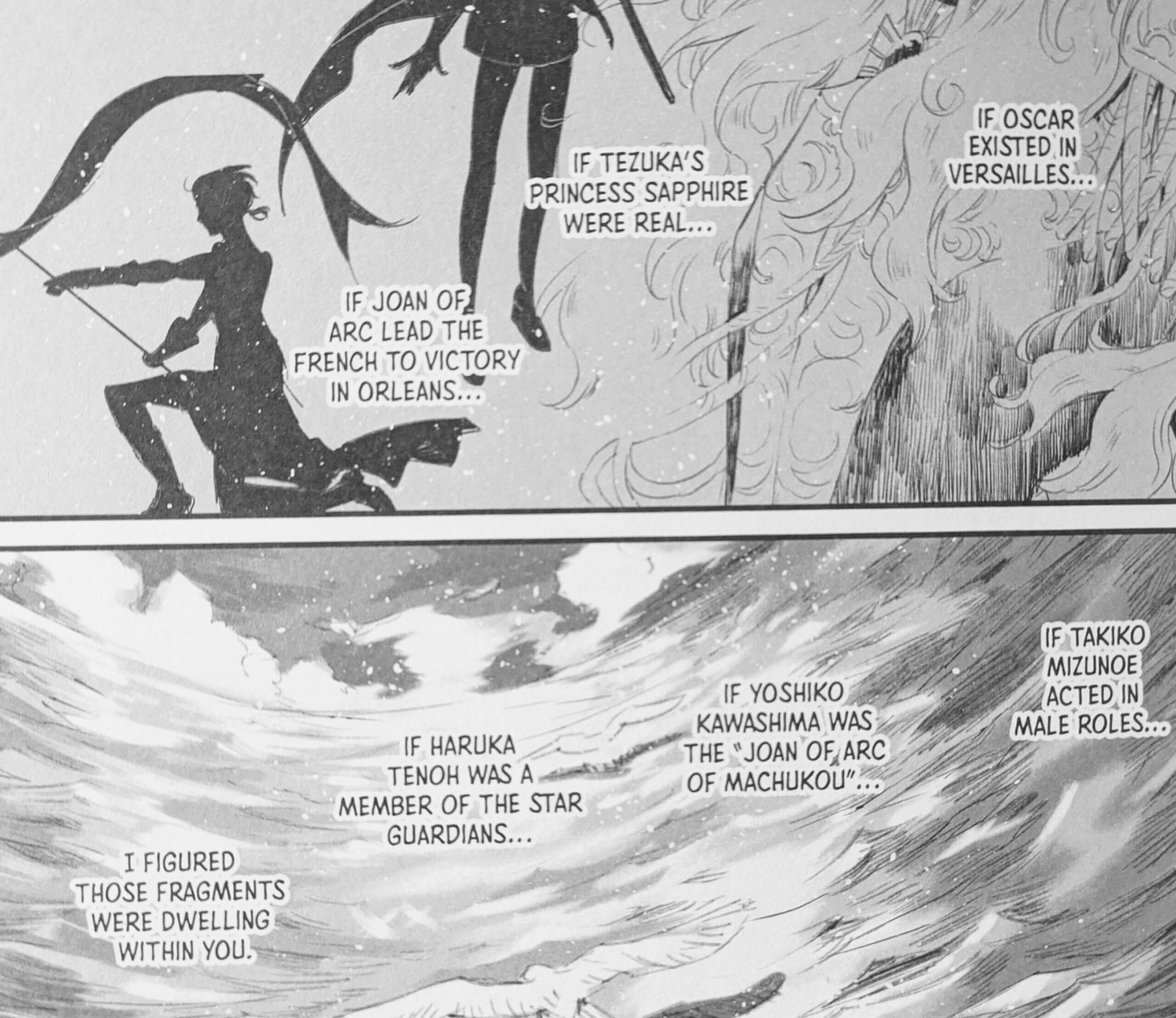
The Good
Isaki Uta’s doujin reads like an exploration of the self. Silkscreen is no different. You get the feeling that Isaki is themself the girl seeking an escape from forced heterosexual society through sapphic love, as well as the kid finding their place in the alphabet soup of identity labels.
The “silkscreen” metaphor runs throughout the book. The conflict between the characters is that they view each other through a veil. They only see an idealised, beautiful version of each other until the screen is ripped apart. Isaki also doesn’t name any of the characters. The reader never learns their full identities beyond the few brief collected seconds of their lives depicted in the manga. We too are only given a superficial glance by which to pass judgment on them.
It’s a testament to Isaki’s talent that these two characters feel alive on the page. As if they were real people who would still be going about their daily lives even after you close the book. Some manga artists struggle to accomplish this with infinite volumes at their disposal. Isaki succeeds in just 41 pages.
The romance is tragically brief though no less meaningful for the two of them. Our heroine desperately seeks acceptance for being herself, and her partner for having their heart broken by the person they thought would accept them for who they are. It’s messy, complicated, and painful.
Isaki’s art is delicate and beautiful. Their dedication to craft is evident in every stroke. From the beautifully detailed backgrounds, to the knowledge of when to keep things more simple and let the characters tell their story. Their use of light and shade creates a careful contrast between scenes, effortlessly transitioning from rage to heartbreak, sadness and joy.
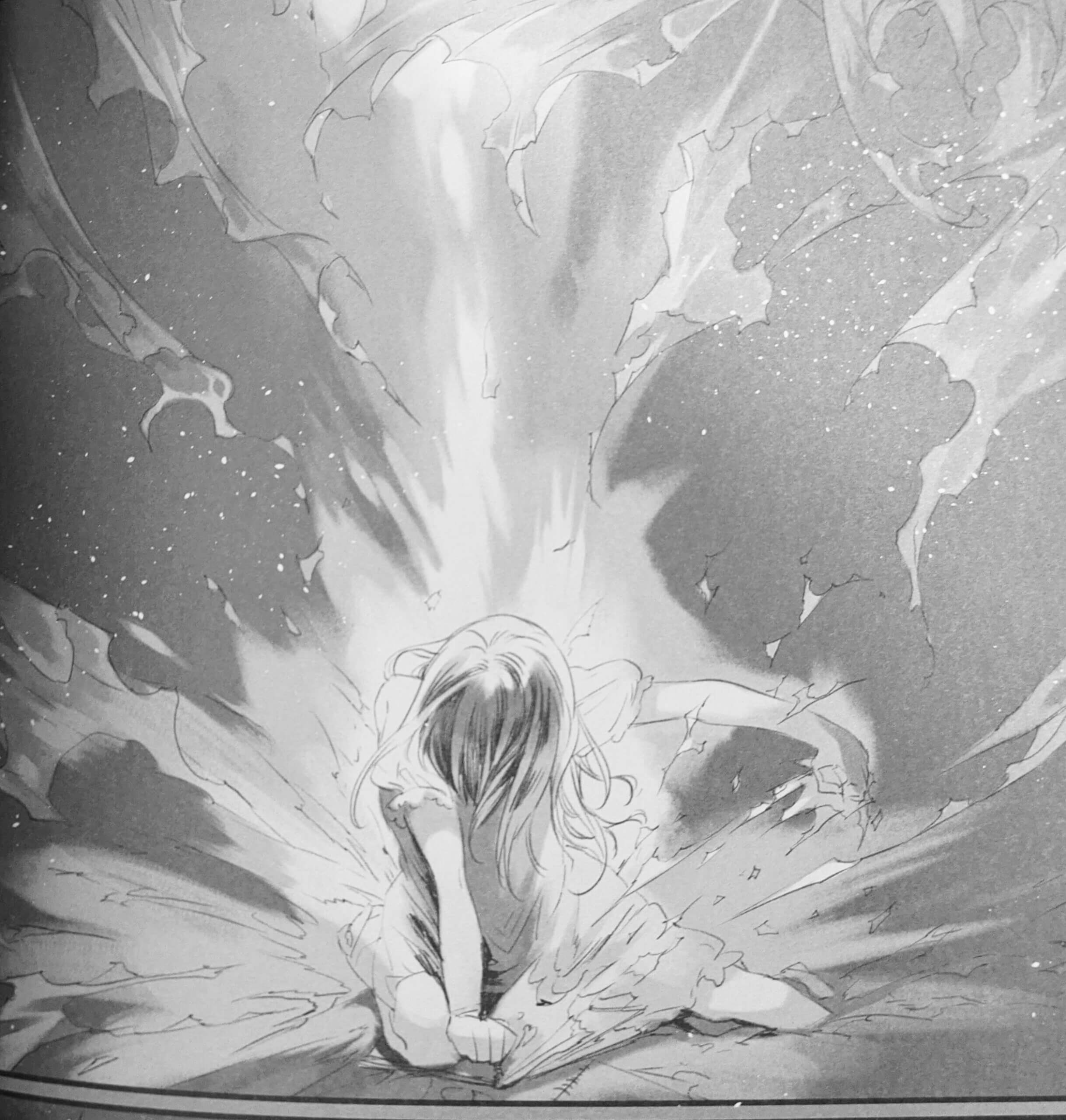
The Bad
This is a short one-shot doujinshi, and as such does not allow for much development. There’s a lot of unanswered questions; while the bittersweet ending is Isaki’s trademark, it does feel upsetting not to see where our lead goes from here. She’s a wonderfully flawed protagonist who is hard to love because of her actions. I’d have liked to see her move on with her own life and try to repair her relationships.
As it was, the ending felt unsatisfactory. I do believe, though, that this is partly by design. Silkscreen is just a quick couple of snapshots of a lifetime, viewed through ink on a page, after all.
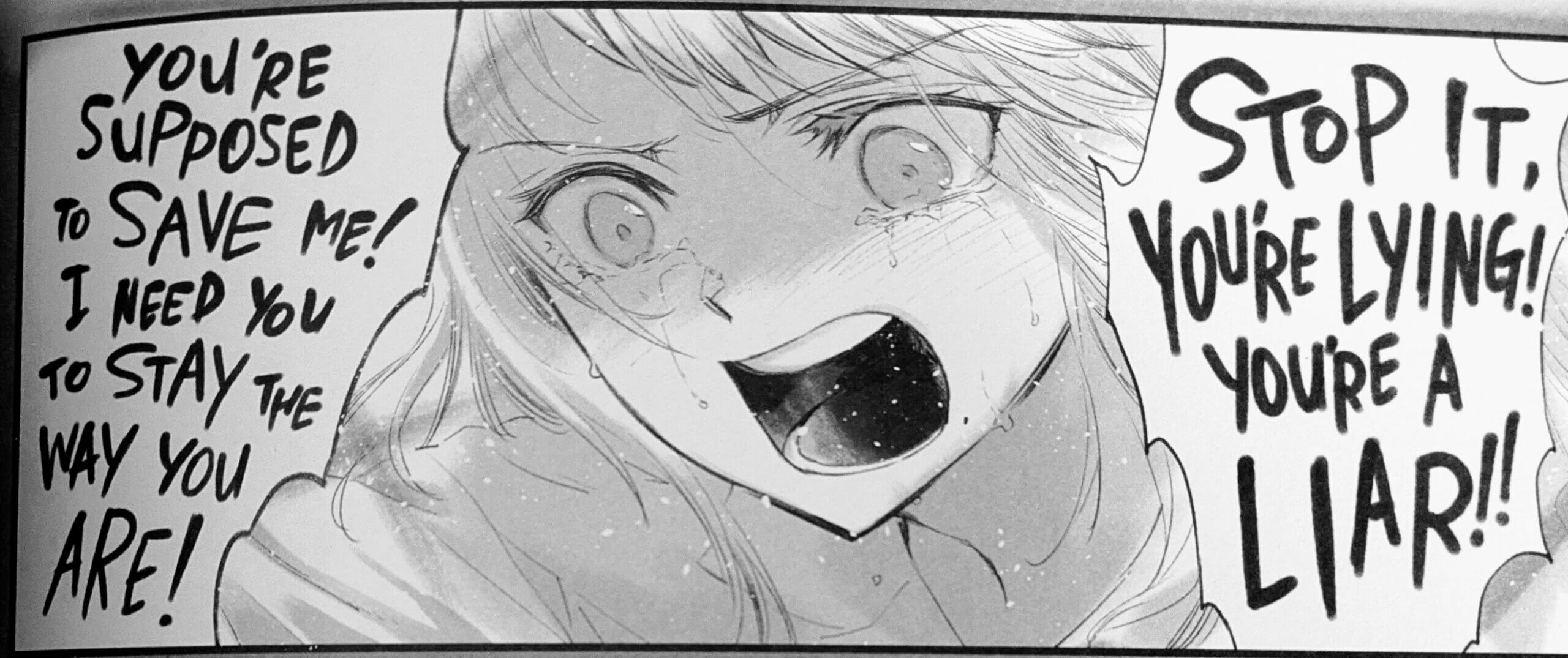
The Verdict
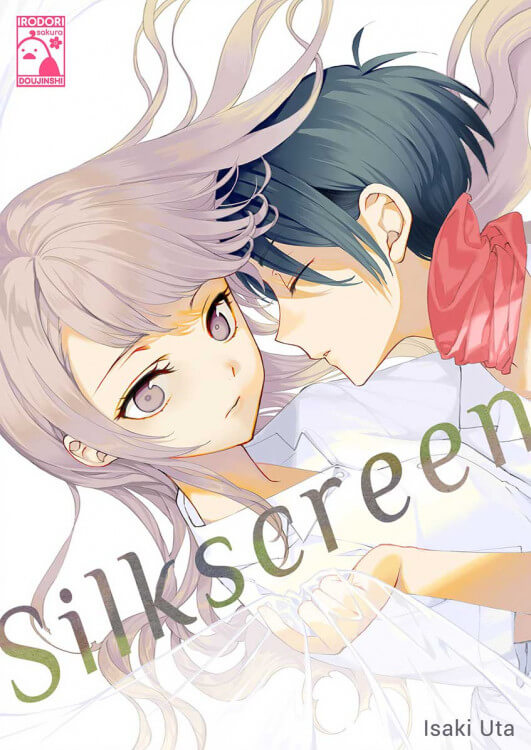
Silkscreen is a poignant and emotive piece of work. It’s an important reminder of how the journey to self-discovery is never straightforward. Isaki discusses the fluid nature of gender; while identities aren’t always fixed in stone, that doesn’t make your current one any less valid.
Isaki shows different sides of the LGBTQIA+ community that are important to remember. The protagonist is initially transphobic, and her relationship with her current-day girlfriend is on the rocks. But she realises her mistakes and chooses to apologise and try to make amends.
It’s sad that we don’t see the conclusion of this journey, due to the format of this book. But I don’t think that makes it any less valuable to read.
In the current climate, it’s more important than ever for the entire LGBTQIA+ community to come together and try to understand each other. This manga is an excellent starting point for these conversations.
You can purchase Silkscreen as part of a physical box set with Isaki’s other work, or as a single digital download from Irodori Comics.
If you liked Silkscreen you might like …
- Claudine
- To Strip the Flesh
- Mine-kun is Asexual
Credits
Story and Art by Isaki Uta
Translation by Itsuki
Lettering by Tim Sun
Compiled and Formatted by CC Sū and Syu
English Language Version Publication by Irodori Sakura
Article edited by: Adam Wescott
The Good
- Delicate Artwork
- Intimate Storytelling
- Complex Characters
- Important and Under-represented themes
The Bad
- Ending could use further development
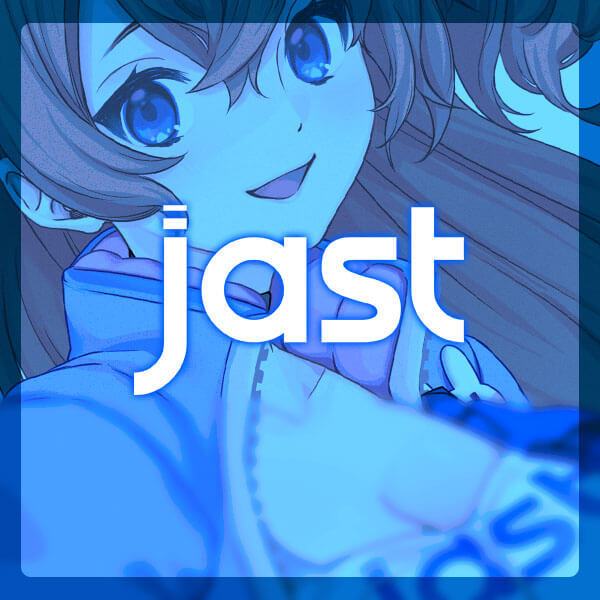
Featured Sponsor - JAST
The sweetest romance and the darkest corruption, the biggest titles and the indie darlings; for visual novels and eroge, there's nowhere better.
Big thank you to our supporters
From their continous support, we are able to pay our team for their time and hard work on the site.
We have a Thank-You page dedicated to those who help us continue the work that we’ve been doing.
See our thank you page